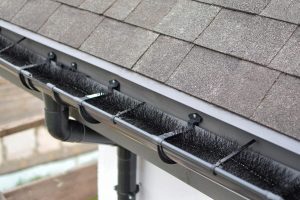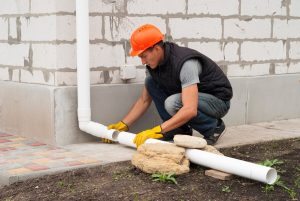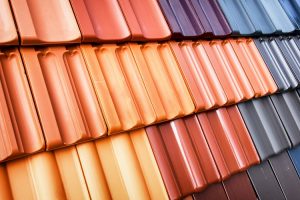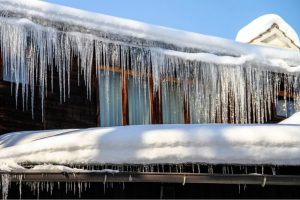Eco-Siding: A Light and Bright Idea
Jan 11, 2023

If you’ve recently found yourself considering what to do about your home’s dated or deteriorating siding, you’ve likely taken the time to ponder a few of the more obvious factors that will invariably come into play should you decide it needs replacing. Obviously, factors like cost, materials, and longevity are all equally important elements to mull over when you’re on the precipice of such a major home improvement project.
These days however, it seems homeowners are being pressured (for lack of a better term) by the collective sentiment that home improvements be made with equal consideration of their resulting environmental impact. And while this sentiment is not necessarily far off the mark given the current state of our planet, depending on the project, bowing to such pressure could have a pretty big impact on the project’s final cost.
Those of us able to exhibit rational thought know that homeowners should not immediately shy away from an environmentally responsible solution merely due to the cost, nor should they make “going green” the deciding factor of their project over say, aesthetic appeal or functionality. Thankfully, when it comes to siding, the battle between a green solution and a cost-effective one can often quite easily come together.
The Albedo Effect
More often than not, when people consider the environmental impact of their choice in siding, they think of material and sustainability. Granted, these are two elements that can definitely weigh on the eco-friendly conscience:
- Is the material biodegradable?
- Is the material recyclable?
- How long will it last before it needs replacing?
- What is the likelihood it will one day end up in a landfill?
All these questions and others raise legitimate environmental concerns when it comes to siding, but there’s one more question that should be asked when making your buying decision and it has to do with the product’s albedo rating.
Simply put, the albedo rating of a material relates to its ability to reflect – as opposed to absorb – light from the Sun. So why is this important? Well, it comes down to a couple of things: reducing your home’s cooling costs and reducing the net impact of emissions your home generates.
The Albedo Effect and Siding
Employing materials capable of redirecting the Sun’s rays in the construction of buildings is by no means a new concept – in fact, buildings and homes have used the albedo principle to dramatically reduce the energy consumption required to keep the structure’ s temperature at a comfortable level – even in intense sunlight. There are even studies that have shown the dramatic differences in surface temperature between white roofs and black roofs when exposed to the same lighting conditions – differences as high as 23.7 ºC. Imagine the amount of energy required to cool a home that is absorbing so much solar radiation via your roofing or siding! Imagine what it would cost!
The Larger Impact
We’ve seen that a high albedo rating is good for your home and your electricity bill – but what is the larger, global impact of using a material that reflects more of the Sun’s energy than it absorbs? We’d like to put that into context for you.
According to the Global Rural and Urban Mapping Project (GRUMP) increasing the albedo [rating] by 0.1 in designated areas would produce a cooling effect of 0.07ºC – which admittedly does not seem like a lot, but does in fact represent the equivalent of 130-150 billion tonnes of carbon.
High Albedo Siding and You
Before making the call to your siding or roofing contractor, there’s one more thing you should know. While the benefits of employing highly reflective material seem as though they would cost a premium, that’s not necessarily the case. Improving your home’s albedo rating can be as simple as choosing a lighter color for your siding instead of going with something darker.
Vinyl siding in particular is a widely used, recyclable, and versatile type of siding, coming in a wide array of colors. But even if you aren’t a fan of vinyl and prefer the aesthetic of a wooden shingle style of siding, painting them the color white or other lighter color will boost your home’s albedo rating while helping to reduce energy costs and diminish your carbon footprint.

Check out D’Angelo & Sons Roofing On Our Social Media!





